A new exhibition will make you hit rewind mode with vintage textile labels, sacred images on prints, advertisements for consumer products and calendar art
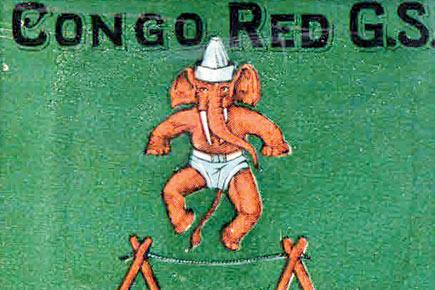
![]() Whether you are a history buff, a first-time buyer or a seasoned collector of memorabilia from the British Raj, ARTISANS’ annual offering Ephemera that showcases historic artifacts including a collection of rare textile mill labels and colourful chromolithographs — that are precursors of graphic design and mass communication — sourced from across the country are bound to intrigue you.
Whether you are a history buff, a first-time buyer or a seasoned collector of memorabilia from the British Raj, ARTISANS’ annual offering Ephemera that showcases historic artifacts including a collection of rare textile mill labels and colourful chromolithographs — that are precursors of graphic design and mass communication — sourced from across the country are bound to intrigue you.
ADVERTISEMENT
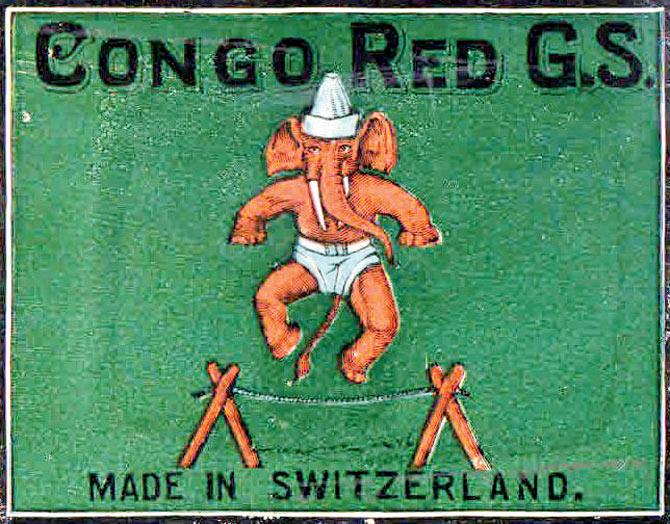
Congo Red, Made in Switzerland
Print the past
"I am a graphic designer by training. Ephemera first started with my interest in collecting paperwork. I visit antique shops and also tell them about Ephemera. We have a few people in different parts of the country who approach local dealers to source collectibles. I began by looking at textile labels and calendar art created by Raja Ravi Varma. They offered insight into early printing and technology and social takeaways of the time," shares director, Radhi Parekh. "We realised that these would not have survived had it not been for their religious themes that took them to the puja room of many households and went on to represent popular imagery and Indian kitsch," she adds.
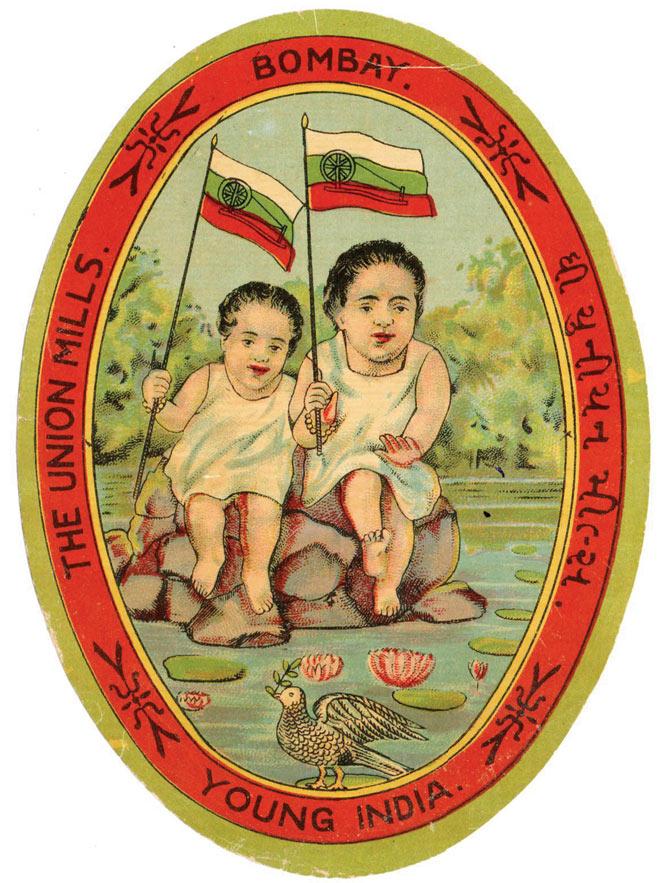
Union Mill’s Young India label features the Congress flag with the charkha in the centre, from the 1930s
Textile text
According to Parekh, textile mill labels have particular significance as an artifact of trade in British India. These labels were slapped onto bales of cotton cloth that were produced in Manchester, Glasgow and other new industrial centres in Britain and then sent to Karachi, Bombay, and Calcutta (most likely made from cotton fibre imported from India). "Industrialisation had started in Britain. We have folders of swatches of cotton fabric that India would import. Economics of scale and mass production came to play. I was impressed with the fine material that you could get for much less," says Parekh, pointing out that Africa used flaura and fauna on their tickets, while in India it was mythological symbols like the hand and elephant that even the illiterate, or those unfamiliar with English could understand.
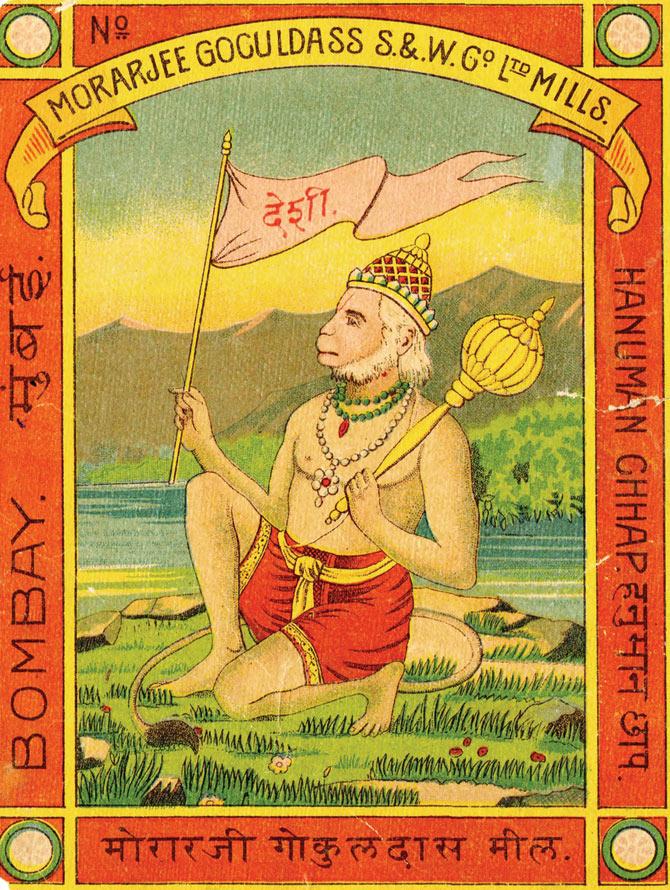
Morarjee Goculdass S. & W. Co Ltd Mills, Bombay, 1930
"Pre-independence, the Shekhawati community moved to centres of trade in Karachi, Bombay and Calcutta. The Marwaris in Calcutta became an important part of the cotton trade. Parsis in Bombay created their own mills and the Gujaratis in Ahmedabad started their indigenous industrialisation. In 1921 Gandhiji launched Swadesi and Khadi. Items of cotton were thrown into the bonfire," Parekh recollects. "There was a ticket with a Congress flag with a charkha symbol in the middle. The Callico Mills ad says buy Indian. The images are more than just pretty pictures. They reflect a movement," she asserts.
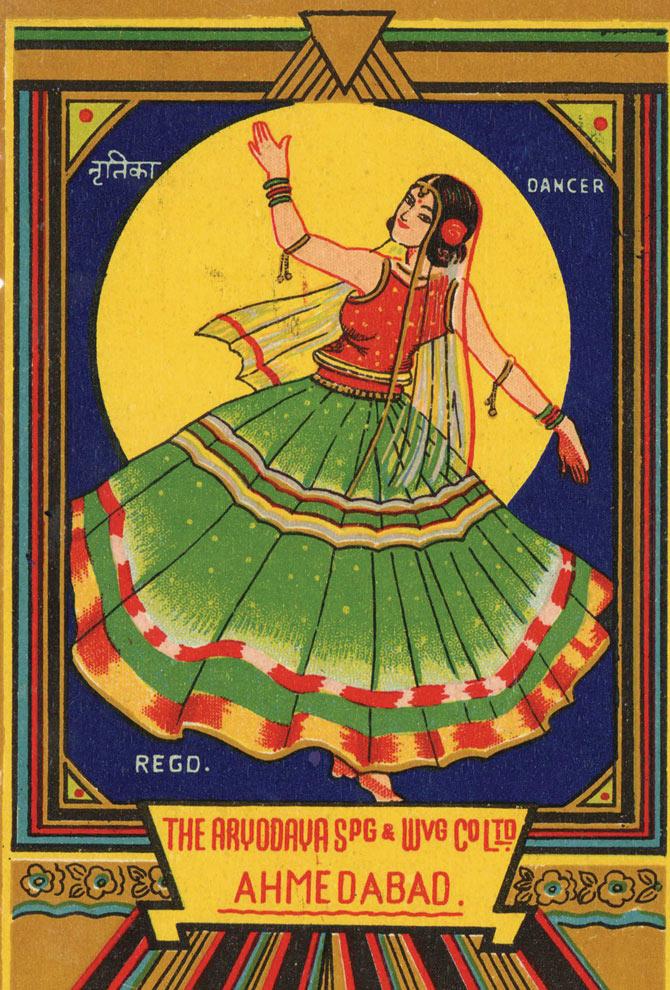
Aryodaya Spinning and Weaving Co Ltd, Ahmedabad (1930)
Classic advertising
When we ask her how a designer in Germany could create imagery so rooted in Indian culture, Parekh is prompt to respond. "The advertising was clever. They made sure they appealed to the natives. They looked at traditional Indian miniature paintings for inspiration. Museums like the Victorian Albert Museum were open then and had international exposition. The copied sari drapes too," she adds; her excitement is hard to miss.
 Offset. F. Steiner & Co., Manchester, 1880s, Chromolithograph
Offset. F. Steiner & Co., Manchester, 1880s, Chromolithograph
"Mill names were written in Hindi, Bengali, Gujarati and Urdu. You could read these and tell that the plate maker was copying something he didn’t understand from a handwritten reference. The ads for gripe water for babies featured Krishna as the ideal cherubic baby. Sunlight soap had Laxmi and Saraswati that translated to purity and cleanliness," she sums up, adding that she intends to work more in detail on the cotton trade, in the future.
 Subscribe today by clicking the link and stay updated with the latest news!" Click here!
Subscribe today by clicking the link and stay updated with the latest news!" Click here!







